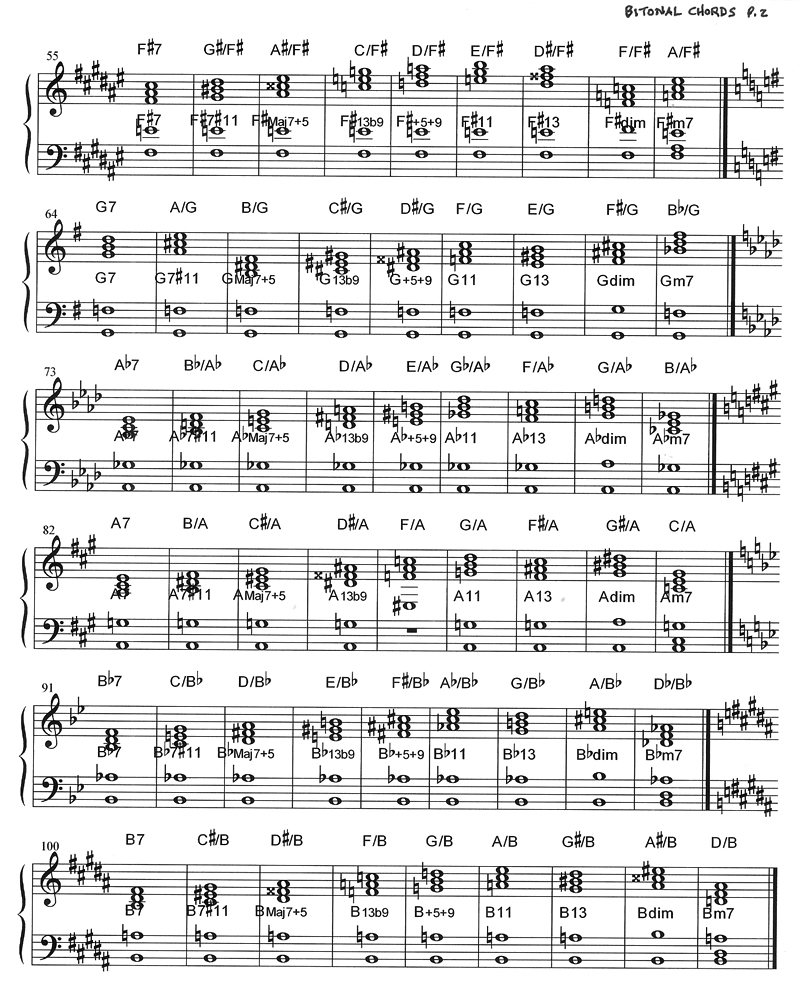

As a result of its widespread usage for sentimentality in musical theater, b6 has been dubbed the “nostalgia note” by composer Adam Neely. The iv chord’s third note, the flat sixth, is the Key’s tonic. Since it is not in the tonic key but uses the tonic note as its root, this 4-minor chord is referred to as a “borrowed chord.” It’s usual practice to alter a major-key IV chord to a minor-key iv while working in that Key (minor). The IV (major) to iv (minor) harmonic progression is an essential tool for any beginner jazz pianist since innumerable jazz writers and improvisers have used it, as also as many pop performers like the Beatles.

With only this one-chord sequence, you’ll be able to enter the realm of jazz music, where virtuoso technique and advanced music theory meet. Certainly, you must try it!īlues pianists will recognize the sound of an I chord, changing to an IV chord as a standard element of the jazz piano world. Examples of Minor ii-V-I Jazz Standard FormĪutumn Leaves by Eric Clapton and Sweet Georgia Brown by Ben Bernie are some of the very popular jazz pieces that the world knows. The half-diminished seventh chord, derived from a minor seventh chord based on the supertonic, is a powerful, dominant chord. In its most basic form, the dominant is a major triad, while in more advanced forms, it is often a dominant seventh chord. It makes one think of an upscale bar where one may relax with friends and enjoy a well-made beverage. In contrast to the major ii-V-I, it has a somber atmosphere. If you are a Latin jazz guitarist lover, you will often hear this minor harmony. To give your fingers the taste of this progression, I recommend trying out Moose the Mooche by Pat Metheny, Isn’t It Romantic by Tal Farlow.

Examples of Major ii – V – I Jazz Standard Form Thus, establishing and playing the tonality vi-ii-V-I progression of root movement by descending fifths includes an ii-V-I progression.

Major ii – V – I jazz theoryĮach chord in the progression has a root on the second degree (supertonic), the fifth degree (dominant 7th chord), and the tonic. Playing the II-V-I progression is an excellent way for jazz artists of all ability levels to hone their musical and harmonic abilities in creative ways. No doubt, as it is the most common progressions to start with. You would think you’ve entered “jazz chord odyssey” territory after knowing this particular piano chord.


 0 kommentar(er)
0 kommentar(er)
